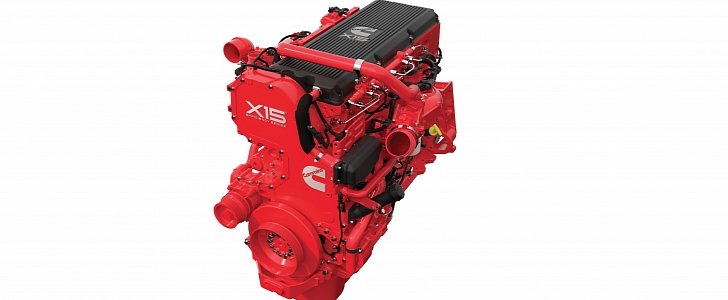Founded more than 100 years ago, Cummins of Indiana found success with diesel engines with the Model H in the 1930s. One of the best-known diesel engine manufacturers in the world, Cummins also had a little trouble in 1998 over deliberately deactivating emissions controls during highway driving.
The Environmental Protection Agency fined the Indiana company and six others $83.4 million for their shenanigans, but nevertheless, diesel kept going strong until Volkswagen was caught red-handed on a larger scale in 2015. Truth be told, compression ignition has never been the same since the Dieselgate scandal.
Not only did automakers venture into electrification like never before, but governments all over the world exacerbated the issue by pledging to phase out fossil-fuel automobiles in the coming years and decades. The capital city of Greece will ban diesel vehicles in 2025, and Norway will ban both gasoline and diesel in 2025.
The paradigm shift doesn’t appear to affect Cummins too much, though. As we speak, engineers are working on a cleaner technology for diesel engines in the guise of Dynamic Skip Fire. dDSF is pretty much a fancy way of saying software that controls cylinder deactivation to improve fuel consumption as well as tailpipe emissions. Developed in collaboration with Tula Technology and demonstrated on a Cummins X15 Efficiency Series six-cylinder engine, diesel Dynamic Skip Fire is still in its infancy.
Cummins and Tula suggest that the initial test results are good, but dDSF has yet to prove itself in cycle and vehicle testing. Given that the project dates back to early 2019, it’ll be a few more years until we’ll find out if it is feasible for production.
Similar to DSF technology for gasoline engines, dDSF intends to meet torque demands at the optimal fuel and aftertreatment efficiency. In other words, diesel’s Dynamic Skip Fire fires all events at the most efficient air-to-fuel ratio to improve efficiency, enabling optimal combustion at all of the engine’s output levels. The question is, just how much of an improvement can dDSF make over the X15 without this software?
On the heavy-duty FTP test cycle proposed by the California Air Resources Board, digital modeling predicts reductions of NOx emissions by 45 percent and CO2 emissions by 1.5 percent. On the low-load cycle, make that 66 and 4 percent.
“We will continue to innovate the diesel engine system to make it lighter, more reliable, powerful and fuel-efficient, and we are encouraged by the progress demonstrated in this collaboration and what it could mean for future diesel technology,” declared Lisa Farrell, director of Advanced System Integration at Cummins.
Not only did automakers venture into electrification like never before, but governments all over the world exacerbated the issue by pledging to phase out fossil-fuel automobiles in the coming years and decades. The capital city of Greece will ban diesel vehicles in 2025, and Norway will ban both gasoline and diesel in 2025.
The paradigm shift doesn’t appear to affect Cummins too much, though. As we speak, engineers are working on a cleaner technology for diesel engines in the guise of Dynamic Skip Fire. dDSF is pretty much a fancy way of saying software that controls cylinder deactivation to improve fuel consumption as well as tailpipe emissions. Developed in collaboration with Tula Technology and demonstrated on a Cummins X15 Efficiency Series six-cylinder engine, diesel Dynamic Skip Fire is still in its infancy.
Cummins and Tula suggest that the initial test results are good, but dDSF has yet to prove itself in cycle and vehicle testing. Given that the project dates back to early 2019, it’ll be a few more years until we’ll find out if it is feasible for production.
Similar to DSF technology for gasoline engines, dDSF intends to meet torque demands at the optimal fuel and aftertreatment efficiency. In other words, diesel’s Dynamic Skip Fire fires all events at the most efficient air-to-fuel ratio to improve efficiency, enabling optimal combustion at all of the engine’s output levels. The question is, just how much of an improvement can dDSF make over the X15 without this software?
On the heavy-duty FTP test cycle proposed by the California Air Resources Board, digital modeling predicts reductions of NOx emissions by 45 percent and CO2 emissions by 1.5 percent. On the low-load cycle, make that 66 and 4 percent.
“We will continue to innovate the diesel engine system to make it lighter, more reliable, powerful and fuel-efficient, and we are encouraged by the progress demonstrated in this collaboration and what it could mean for future diesel technology,” declared Lisa Farrell, director of Advanced System Integration at Cummins.




































































